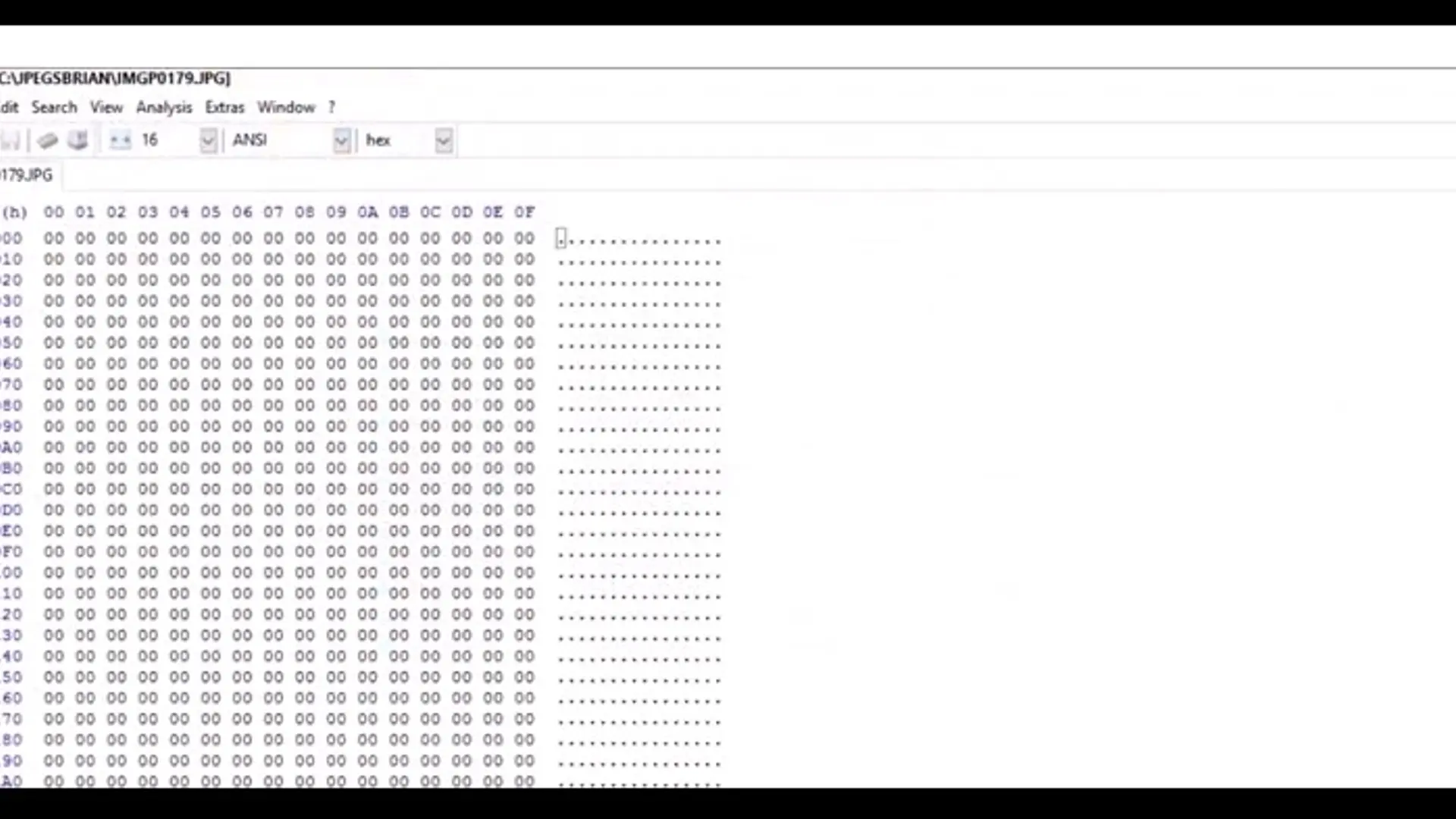


undefined
You can have multiple goals for your organization but without the help of your employees, your business won’t be able to move forward. One of the common poor working habits that prevent teams from accomplishing things is procrastination. Procrastination can lead to a lot of consequences which include missed deadlines. More projects pile up and this huge bulk of work can even be more difficult to handle.
If you encounter employees who promise to meet deadlines yet always fail to deliver, you need use strategies that motivate them to act. These methods may involve asking them important questions or helping them realize how their efforts fit into larger company goals.
Let’s explore some of these strategies in this article.
1. Find out what your employees’ personal goals are.
Your workers may have goals for themselves and these goals can be different from your company. The trick is to bridge the gap between what your employees want and your business needs. For example, if your team values recognition, you can encourage members to meet a project deadline providing praise and a reward for a job well done.
Before starting on a task, sit down with your employees and ask them about their personal aspirations. Tap into their emotions so they can feel more motivated to get started.
2. Make a public announcement about the deadline.
You can hold your employees more accountable for an important project they should be working on by announcing it publicly. You can’t tolerate mediocrity especially if the accomplishment of a project can bring a major positive change in your organization. Let everyone know about a project’s exact due date as well as your performance standards.
The problem with some companies is that they tolerate some workers who feel entitled due to their years of service. Rules are rules and every employee, newbie or not, should learn to respect and meet these expectations.
3. Use an employee scheduling software.
The classic timers still serve useful but they lack a full set of features that guarantee workplace productivity. Several areas can be tracked when you use an employee scheduling tool. These vital areas include percent completion of a project, milestones, allocation of workload, start and end dates, and more.
With an effective scheduling tool in place, managers are can monitor employee progress, provide timely feedback, and implement solutions before bigger problems can arise. To prevent misunderstanding when using this new system, be clear about its benefits. Explain to your employees that a scheduling software can help the company grow and enable management to measure team performance. The latter can mean more chances for employee recognition.
4. Explore possible problems and be open to solutions.
Even after you’ve provided all the details about a project and the necessary support your employees need, some of them just fail to comply. Don’t be quick to judge team members. Instead, find out the reason why deadlines were missed. Some employees feel less motivated while some encounter difficulties and are hesitant to call your attention to ask for help.
As you and your employees tackle these problems, explore practical solutions as well. Don’t just ignore failures. Ask them what they think went wrong and what could have been done to prevent the missed deadline. Let a problem be a learning opportunity and a chance for employees to improve.
5. Always monitor progress.
Constantly keeping an eye on your workers doesn’t imply lack of trust. In fact, tracking performance enables employees to improve because you can now provide real-time recognition and feedback.
It’s normal for people to feel pressured when they’re being monitored. Your role is to set a good example to your team. Show members that you are being punctual with project deadlines yourself. Remind your staff about your overall goal so they can stay on track.
6. Make planning a priority.
Regardless of the task your team needs to tackle, always explain its objectives. Clearly outline the steps on how this task is to be accomplished. Planning even becomes a larger priority with projects that require more time and effort.
Explain why and how a project is to be done. If possible, allow your team to be part of the planning process. They might have useful suggestions that can help streamline the job.
Conclusion
While no organization is fail-safe, implementing the best practices to get employees to meet goals and deadlines is needed to make progress. Assign specific roles, set clear expectations, provide incentives, and use a software or tool that guarantees versatility and accuracy in project management.





